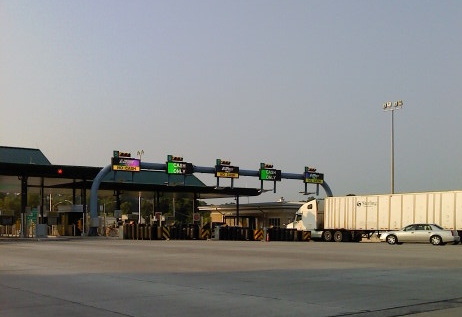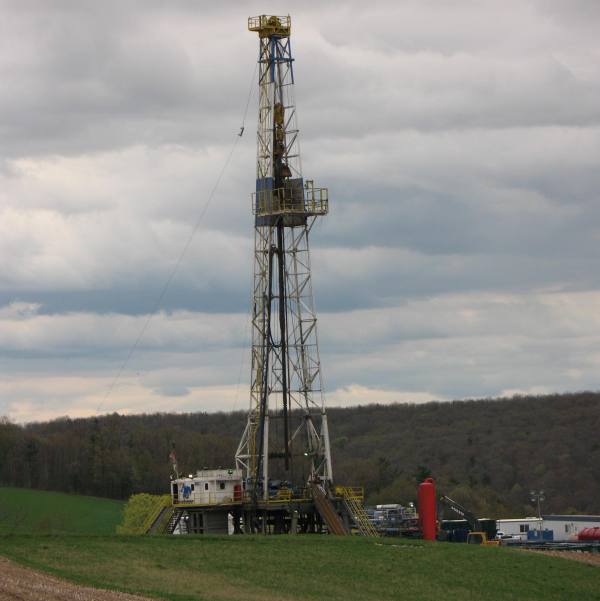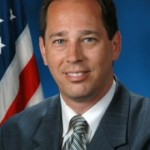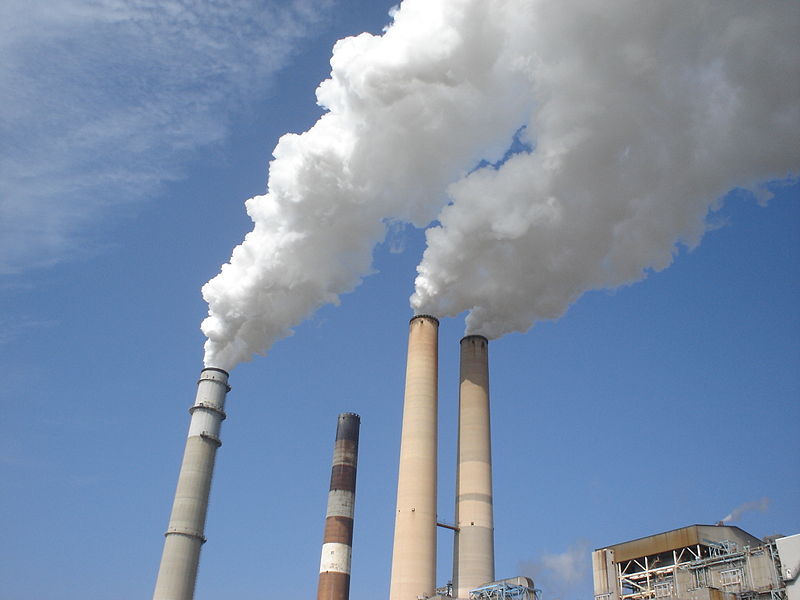The Race for the Republican Nomination
It’s a wide-open field, according to Kiron Skinner, professor of international relations at Carnegie Mellon University. “We haven’t seen a contest quite like this in a very long time. Usually we have a sense of the frontrunners very early on in the process. We do not, right now, have that sense,” says Skinner, who spoke to Radio PA from California, where she is also a research fellow at the Hoover Institution at Stanford. While former Massachusetts Governor Mitt Romney has the name recognition and the head start in the polls, Skinner wouldn’t put her money on Romney right now.

Professor Skinner says Rick Santorum is trying to carve out space in a crowded field of social conservative candidates.
Some of the Republicans racking up the best poll numbers aren’t even official candidates yet. For instance, former Alaska Governor Sarah Palin nets 12% in the July Quinnipiac National Poll. Likewise, Texas Governor Rick Perry received 10%. “[Perry] has been successful, from the standpoint of many in the party, as governor. He is not running up big deficits, and in fact it’s a better economy in Texas than most states,” Skinner says.
The biggest storyline leading up to 2012: “Who can create jobs?” Skinner says many think Texas Governor Rick Perry is the one. “It’s a big state that’s creating jobs faster and more permanently than other states, and has an economy that’s growing,” Skinner explains.
While Republicans do view President Barack Obama as vulnerable in 2012, Skinner says that’s not the only reason for such a large GOP presidential field. She says many candidates are rushing to fill the void in a Republican Party that’s perceived to be weak. “There’s been no one since Reagan who’s been able to bring a broad coalition of Republicans together, to win elections by a landslide as Reagan did in ’80 and ’84.”













